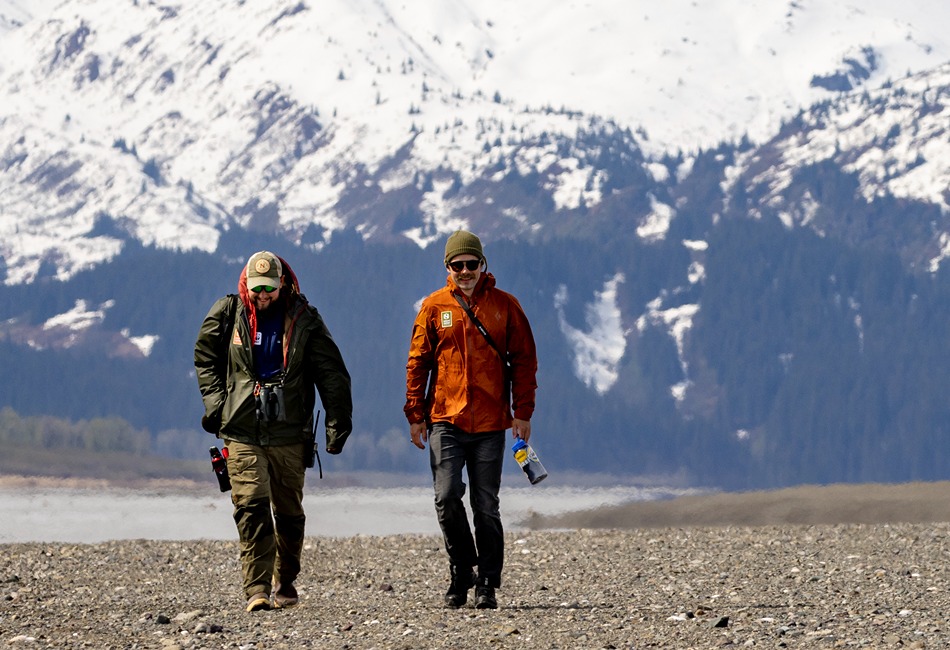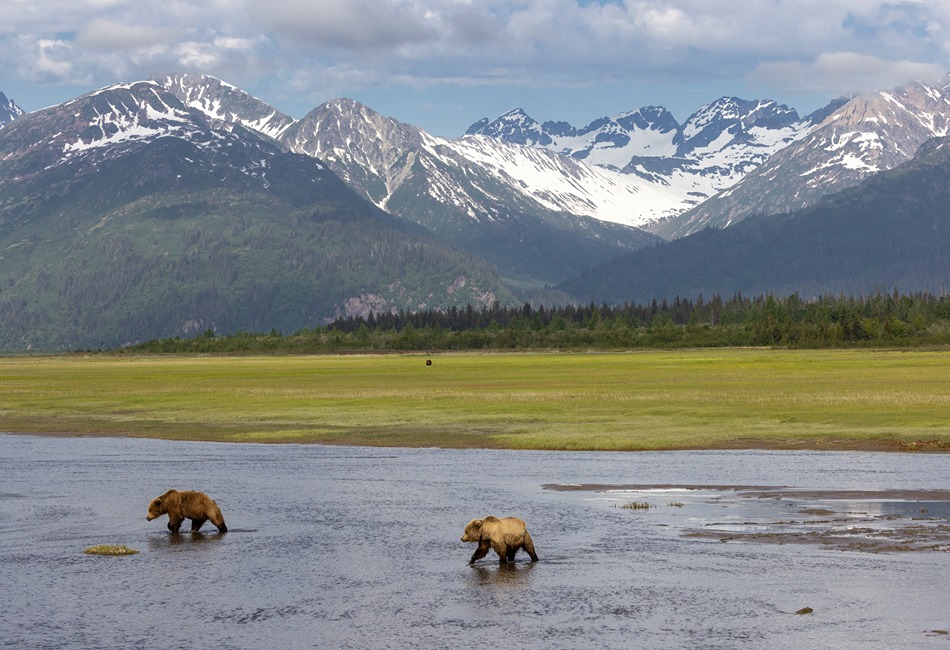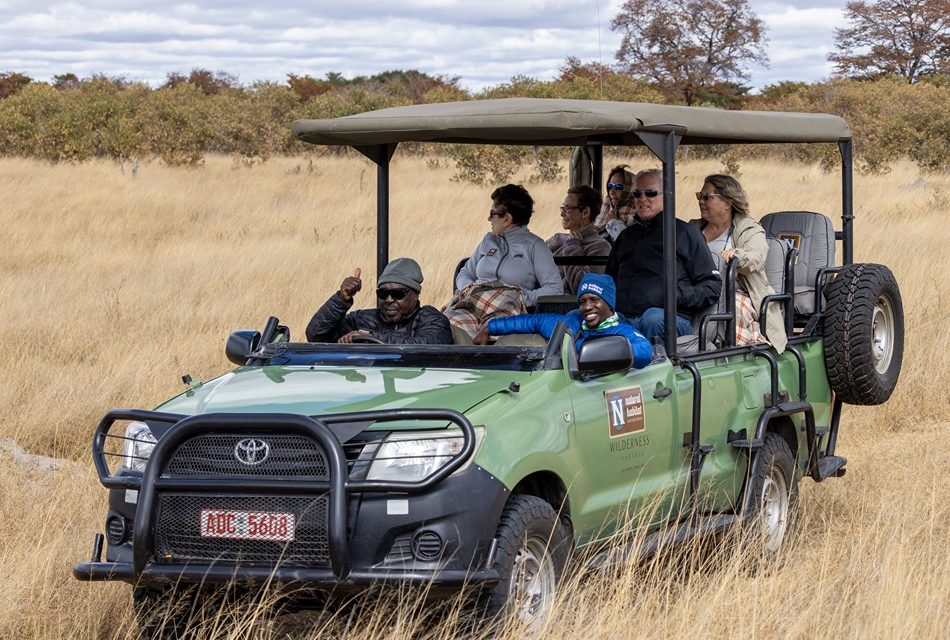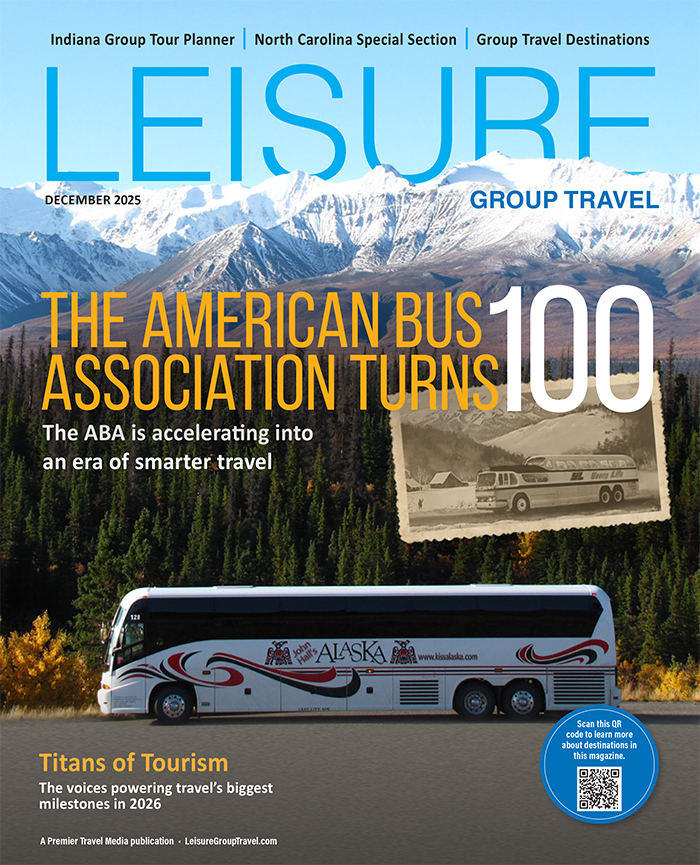In the world of adventure travel, sustainability is a shared journey—uniting travelers, operators and destinations to protect the planet
By Jill K. Robinson

Adventure travel brings travelers, outfitters and destinations together in celebrating and appreciating the world’s resources. For a community focused on responsible travel that elevates biodiversity, cultural heritage, natural assets and wildlife, sustainability isn’t a competition—but a goal sustaining us all.
For more travel tips and ideas for groups, be sure to Download the June edition of Leisure Group Travel and Subscribe for FREE
The simplest goals prioritize measuring where you are, making efforts to improve, and asking for help when needed. At the end of the day, there aren’t going to be places to travel to if we aren’t all responsible about what we do. The Adventure Travel Trade Association is proud to work within a community where a philosophy of sustainability is core to the business of our members.
Facing Global Challenges Together
While ATTA has been working for decades toward building a sustainable future for the travel industry, in recent years the organization has taken a more integrated approach to sustainability. “Sustainability means different things in different parts of the globe,” said Gustavo Timo, ATTA’s vice president of sustainability and impact. “We’re dedicated to leading our community and helping enable change and create impact locally. Our member organizations are a blend of those who are global references in sustainability and those who are working to determine their own best path.”
ATTA’s Sustainability and Policy Objectives and Goals give room for making meaningful positive change through three main initiatives: measure and reduce, lead and partner, inspire and enable. By supporting partners and destinations where they are, as well as encouraging a formal commitment to sustainability by 100% of membership by 2026, the objectives allow for this vibrant community to grow together toward a responsible and profitable future.

Looking After One Another
This year marks the 10th anniversary of Angama Mara, a high-touch safari lodge on the edge of the Oloololo Escarpment overlooking the Maasai Mara. The setting gives visitors the feeling of being suspended between heaven and earth, and everywhere in the lodge is the best seat in the house. Following its success, Angama Amboseli opened in 2023 in the heart of Kenya’s Kimana Sanctuary, where some of Africa’s last Super Tuckers roam.
“First and foremost, we’re a hospitality business,” says Nicky Fitzgerald, co-founder and former CEO of Angama. “Our guests and our staff are everything. By prioritizing them, we make money, and can give back over and over again. It’s our responsibility.” The Angama Foundation is one method of giving back. Funded by micro-donations through the lodges’ Safari Shop and a $ 20 per-night donation per guest, it supports neighboring communities and the wildlife and land surrounding them. Staff members work with neighboring communities, conservancies, and NGOs to determine the importance of projects in three fields of work: conservation, education and healthcare.

Caretakers for the Environment
Since 1893, Hurtigruten has connected the coastal communities of Norway from small villages to the country’s second- and third-largest cities. The company aims to shape the future of travel, as well as maintain the sustainability of the Norwegian coast for generations to come. Sustainability projects aim to reduce emissions, improve energy efficiency, support local farmers and fishers, and work towards zero food waste.
“A few years ago, we announced our Sea Zero initiative: to develop a ship by 2030 that can operate with zero emissions in normal operations on the Norwegian coast,” said Carly Biggart, Hurtigruten’s general manager in the Americas. “And while that’s an ambitious goal, it’s important to understand that we can’t do it alone. We have several partners, from communities to governments and research institutes.”Hurtigruten didn’t enter the conversation with a list that began with a number of cabins and comforts, but with a focus on the most energy efficient way for the ship to run—including battery production, propulsion technology, hull design, and lower energy use.
Maximize the Positive
Natural Habitat Adventures transforms lives through exploration. Since 1985, the company’s conservation trips have brought travelers into nature to understand what’s at stake to protect our planet, landscapes, people, and wildlife while also mitigating the impact we create through travel. It’s the world’s first 100% carbon-neutral travel company, continuing to increase its commitment to carbon pollution and waste reduction and support growing sustainability strategies.
“We’re equally focused on minimizing negative and maximizing positive impacts of travel,” said Court Whelan, chief sustainability officer for Nat Hab. “Among the great powers of conservation travel is being able to add value for local people, natural areas, and wildlife. I think that tourism’s role is vital in inspiring visitors to understand places more deeply and come away as new advocates for conservation.”
Nat Hab is committed to making the travel industry more sustainable. Its partnership with the World Wildlife Fund helps sustain grassroots efforts in places guests visit, and supports anti-poaching units, food security resources, drought relief, wildlife support, individual species research, and children’s education.
For more travel tips and ideas for groups, be sure to Download the June edition of Leisure Group Travel and Subscribe for FREE







